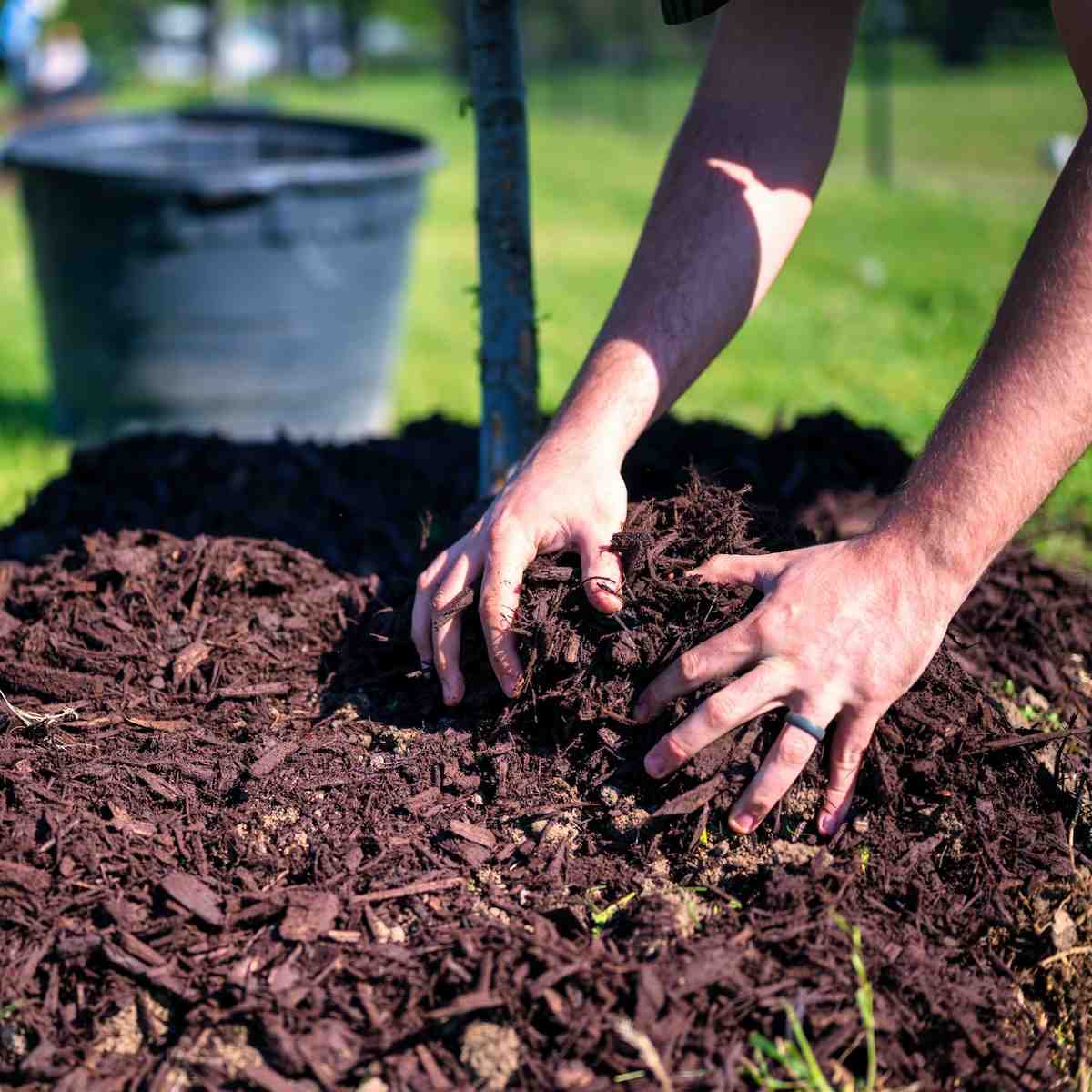DIY Mulch Glue: Keep Your Mulch In Place!
Garden landscaping is a popular way to beautify outdoor spaces and add value to properties. Mulch and gravel are commonly used materials for this purpose, as they provide a variety of benefits, such as weed control, moisture retention, and soil insulation. However, these materials can be easily displaced by natural elements, such as wind and rain, as well as human activities, such as walking and mowing.
To prevent the loss of mulch and gravel and maintain a neat and tidy garden, gardeners have come up with a simple solution: homemade mulch glue.
Mulch glue is a mixture of common kitchen ingredients, such as flour, sugar, salt, and cornstarch, that forms a paste-like substance when mixed with water. This glue can be applied to the surface of mulch and gravel to help them adhere to each other and the ground, creating a stable and durable layer that resists displacement.
In this article, we will provide a step-by-step guide on how to make mulch glue, as well as tips on how to use it effectively to keep your garden in place. Whether you are a seasoned gardener or a beginner, this DIY solution can save you time, money, and effort in maintaining your garden’s appearance and functionality.
Why Mulch Glue is Necessary
The necessity of mulch glue arises from the need to secure mulch and gravel in gardens against disturbances like foot traffic and leaf blowers, as well as to serve as erosion control for ground cover and border plants. Mulch and gravel are susceptible to being dislodged, which can lead to an unsightly and uneven appearance.
Additionally, the displacement of mulch and gravel can cause damage to plants and lead to soil erosion. Mulch glue provides a simple and effective solution to these problems.
Benefits of mulch glue include its ability to hold mulch and gravel in place for extended periods of time, reducing the need for frequent maintenance. Additionally, mulch glue can help prevent weed growth, reduce soil erosion, and improve the overall appearance of a garden.
There are various types of mulch glue formulations available, including pre-formulated options and DIY recipes. These formulations can vary in terms of their durability, toxicity, and application methods.
Ingredients and Materials
Ingredients and materials required for making mulch glue at home include common kitchen items like flour, sugar, salt, cornstarch, and water, as well as non-toxic adhesives such as Elmers glue or other safe glue mixtures.
These ingredients are readily available and easy to find in most homes. For those who prefer DIY mulch glue alternatives, pre-formulated options can also be found in landscaping and garden sections, specifically formulated for outdoor use.
When making mulch glue at home, it is important to gather all the necessary ingredients and materials before starting. Mixing the solution directly in a garden sprayer is more efficient and leads to less cleanup.
However, it is important to keep the glue off trees and ornamental plants when spraying to avoid unintended problems. It is also worth noting that the amount of rainfall can affect the need to reapply the glue more often under extreme conditions.
Overall, whether using homemade or pre-formulated mulch glue, it is an effective solution for keeping mulch and gravel in place in gardens and landscaping projects.
Tips for Applying
Applying mulch glue requires attention to detail, particularly in avoiding contact with trees or ornamental plants during the spraying process. To ensure that the glue only sticks to the intended areas, it is recommended to use a squeeze bottle for small jobs and a larger garden sprayer for landscaping projects. Mixing the solution directly in the sprayer is more efficient and leads to less cleanup. However, it is important to keep the glue off trees and ornamental plants when spraying, as it can cause unintended problems.
Practical techniques for applying mulch glue include pouring the desired amount of glue into a bottle and spraying it evenly onto the designated areas. It is important to gather all the materials and ingredients before starting to avoid stopping, as mulch glue works best when used immediately after mixing with water. Under extreme weather conditions, such as heavy rainfall or strong winds, the mulch glue may need to be reapplied to ensure that the mulch stays in place.
By following these best practices, gardeners can easily use DIY mulch glue to keep their gardens in place and ensure that the mulch remains secure for most of the year.


Hi Jennifer,
Great article, I have been looking for something like your ground glue.
Do you have a mixing percentage for me to make my own?
Thank You,
Dwayne Graves